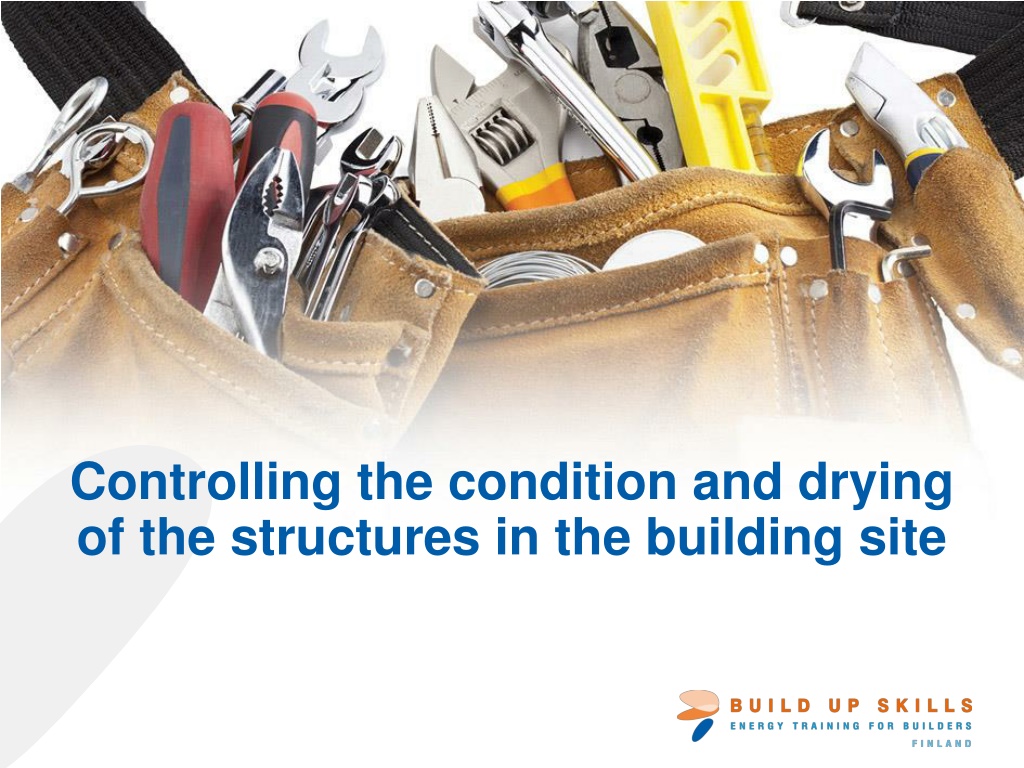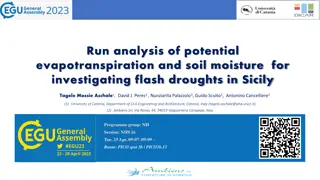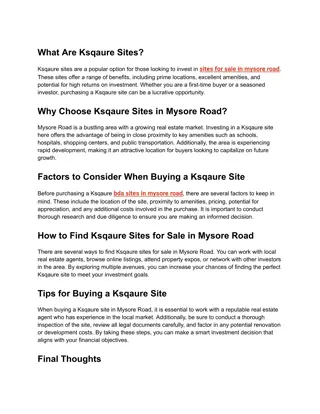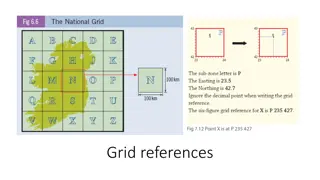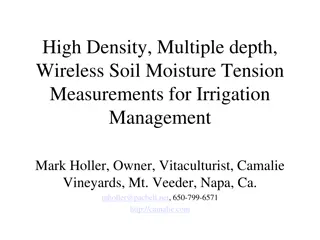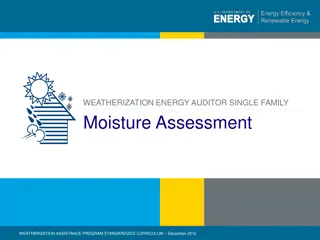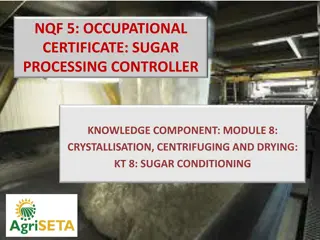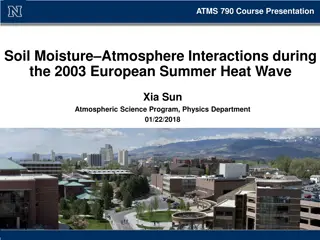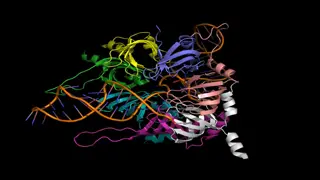Managing Moisture in Building Sites: Challenges and Solutions
Controlling and managing moisture levels in building structures is crucial to prevent issues like cracking, distortion, and slow drying. Factors like air humidity, water content, and concrete drying times play a significant role in the process. Understanding these factors and implementing effective strategies can help ensure the structural integrity and durability of buildings.
Download Presentation

Please find below an Image/Link to download the presentation.
The content on the website is provided AS IS for your information and personal use only. It may not be sold, licensed, or shared on other websites without obtaining consent from the author. Download presentation by click this link. If you encounter any issues during the download, it is possible that the publisher has removed the file from their server.
E N D
Presentation Transcript
Controlling the condition and drying of the structures in the building site
Challenges of controlling site conditions Thick structures of envelope, cooling and drying deceleration Slow-drying structures: Solid concrete structures Floating concrete floors Closed roofs Remaining water in hollow-core slabs External wall insulation Complicated structures Terraces Garage roofs Distortions due to moisture Curved floors and cracking Cracked floors 2 2019
Air humidity and water amount During the winter RH is high and during the summer low. The water amount (g/m3) of outdoor air is high in summer and low in winter. Water vapour amount of air g/m3 Outdoor air relateive humidity % Rovaniemi airport Jyv skyl airport Helsinki-Vantaa airport The water of indoor and outdoor air tries to find a balance which causes the pressure of water vapour in the structures. The water between structure and air also tries to find a balance. That causes either the drying of structures or the saturating of structures. 3 2019
Releasing construction moisture from concrete Material Water content l/m3 Drainage water amount l/m3 Building phase precasting moisture Chemically hydrate water Balanced humidity with air of RH 50% Concrete K15 180 40 25 115 Concrete K25 180 60 30 90 Concrete K40 180 70 40 70 Brick 80 - 10 70 Wood 60 - 40 20 4 2019
Estimating drying time of concrete Rules of thumb and guesses: Concrete dries 1 cm per week until 4 cm. Thickness exceeding 4 cm requires 2 weeks per additional cm. Thickness exceeding 6 cm requires 4 weeks per additional cm. In other words 8 cm thick concrete must be allowed to dry at least (4 x 1) + (2 x 2) + (2 x 4) = 16 weeks. Rules of thumb can be used for schedule planning NOT the reason for starting the coating works. When schedule is tight, fast drying concrete can be used. Drying shrinkage of fast drying concrete is bigger which increases the risk of cracking. 5 2019
Drying Factors affecting the drying time High-strength concrete dries even two times faster than normal concrete. Structure that dries on single orientation takes 2-3 times longer to dry than double oriented structure. Raising the temperature of concrete by 10 degrees usually halves the drying time. Reduction of air relative humidity from 60% to 50%, accelerates the drying time approx. 20%. Relative humidity under 50% doesn t significally accelerate drying. RH over 60% significally slows drying. Resaturation of concrete during the drying phase increases the drying time 1.4 2 times The target level of relative humidity of a structure varies with coating material and affects to a drying time. 6 2019
Exercise: Plan the production of a ground slab that dries as fast as possible Different ways to speed up the drying of concrete: Low water-cement ratio and water-reducing agent in concrete Embedded-wire heating cables installed in concrete reinforcement Pre-heating on site and high temperature on site Blast protection of casting for 1-2 weeks Air humidity approx. 50% and air temperature over 20oC 7 2019
Remember to ventilate Figure Juha Puikkonen Innoverkko 8 2019
Ventilation in site Threshold gaps and small passing troughs in technical installations are proper for site ventilation. The air humidity of site is measured Proper air humidity is adjusted by ventilating windows Energy is wasted by opening balcony doors. Opening 160 mm 40-100 m3/h Threshold gap 5 cm 70-200 m3/h Ventilating window 0-2,000 m3/h Door clearance 0-10,000 m3/h 9 2019
Exercise How much water vapour can be released by ventilation of 10,000 m3 site of block of flats (about 50 apartments) when outdoor air and indoor air is exchanged once? Inside temperature is 20oC and outside temperature is 5oC Relative humidity inside the site is 50% and outside 80% . Absolute humidity [g/m3] Answer: 9 g 5 g x 10,000 = 40,000 g = 40 litres Temperature [oC] 10 2019
Sorption dryer Drainage air is led through the rotating cell Humidity binds to the surface of cell and is led out with airflow from drainage space Sorption dryer works efficiently also at low temperatures Sorption dryer reduces RH below 30%. Sorption dryer may push dry air into structure or pull air out of structure Sizing: air circulation 1-2 times the volume of the space Use sub-contractor when volume exceeds 500-5,000 m3/h Outgoing air to dryer Humid inside air is led out Dry air is led to drainage space Humid air to dryer 11 2019
Condensing dryer The air is cooled to under the saturation point in dryer and water condenses in the evaporator. Condensation dryer is suitable when temperature exceeds 15 oC. Water may be led directly into sewer Energy efficient Evaporator Condenser Dry air from the dryer Humid air to the dryer Bucket and pump Compr essor 12 2019
Apply ventilation for drying! During winter, ventilating dries structures efficiently: outside air is very dry when temperature falls below zero by ventilating, humid inside air is led out and replaced by dry outdoor air 13 2019
